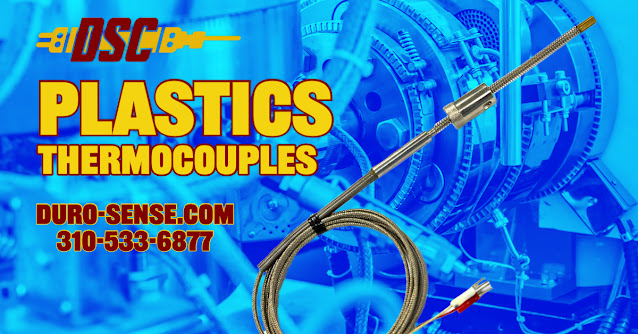A head mount transmitter is a device used in temperature sensing systems that converts the signal generated by a thermocouple or a Resistance Temperature Detector (RTD) into a standardized output signal, typically 4-20 mA or a digital protocol like HART or Foundation Fieldbus. The transmitter is usually installed in a connection head, which is mounted directly on the temperature sensor assembly, hence the term "head mount."
Thermocouples and RTDs are commonly used temperature sensors. Thermocouples work on the principle of the Seebeck effect, where a voltage generates due to the temperature difference between two dissimilar metals. On the other hand, RTDs work on the principle that the electrical resistance of material changes with temperature.
The value provided by a head mount transmitter in temperature sensing includes:
- Signal conditioning: The raw signal from the temperature sensor (mV for thermocouples or Ohms for RTDs) can be weak and susceptible to noise, interference, and degradation over long distances. The transmitter amplifies and conditions the signal, ensuring a more robust and reliable transmission.
- Linearization: The relationship between temperature and the sensor output (voltage or resistance) may not be linear. The transmitter linearizes the signal, providing a more accurate representation of the measured temperature.
- Standardization: By converting the sensor output into a standardized signal, such as 4-20 mA, the transmitter allows easier integration with other process control equipment, like controllers, recorders, and display units.
- Temperature compensation: The transmitter can compensate for temperature-related errors that may occur in the sensor, such as cold junction compensation in thermocouples, ensuring higher accuracy in the measurement.
- Digital communication: Some transmitters have digital communication capabilities, allowing for remote configuration, calibration, and diagnostics, as well as providing additional information, such as sensor health and status.
A head mount transmitter is essential in temperature sensing systems, providing signal conditioning, linearization, standardization, temperature compensation, and digital communication capabilities. It improves the temperature measurement system's accuracy, reliability, and performance.
Duro-Sense Corp.
310-533-6877






